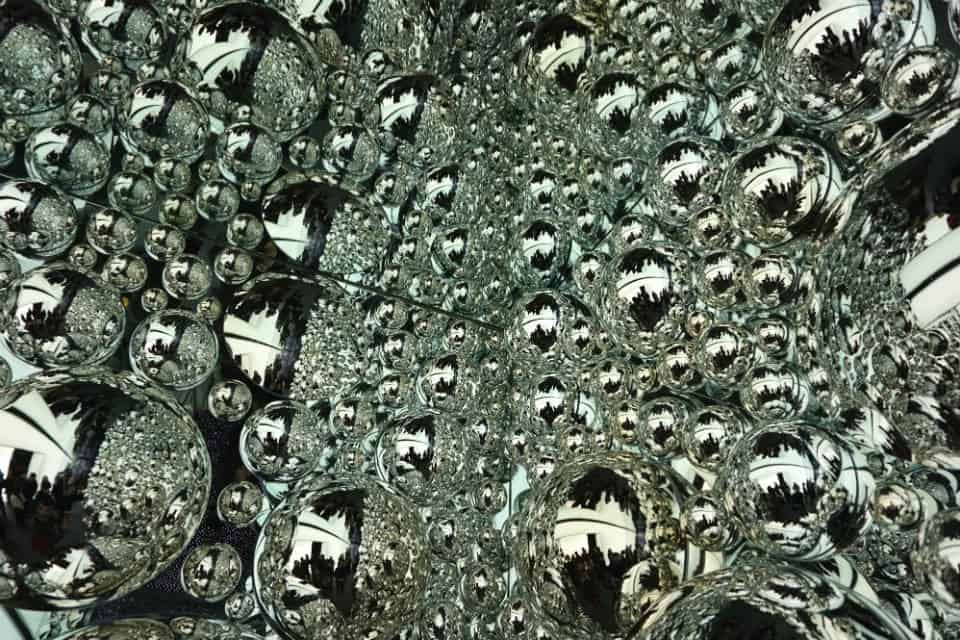First there was shock. Then there was hope. Then there was fear and defeat. Last summer, one of the world’s best go players was defeated by artificial intelligence in a highly publicized series of matches at a five-star hotel in downtown Seoul. It was a humiliating loss of man

